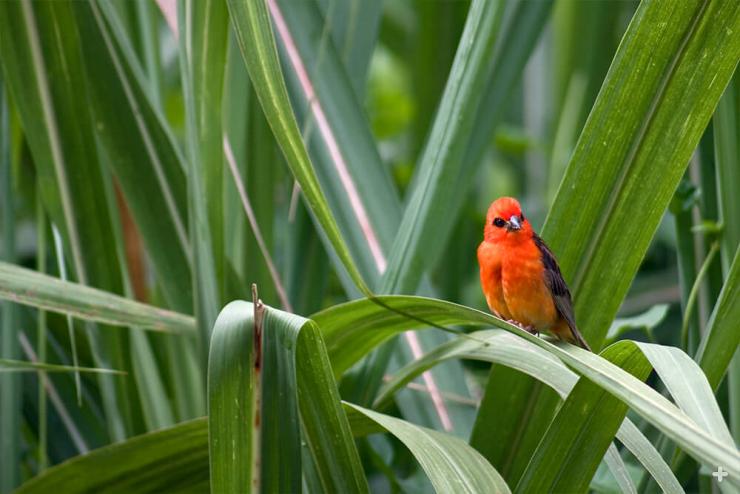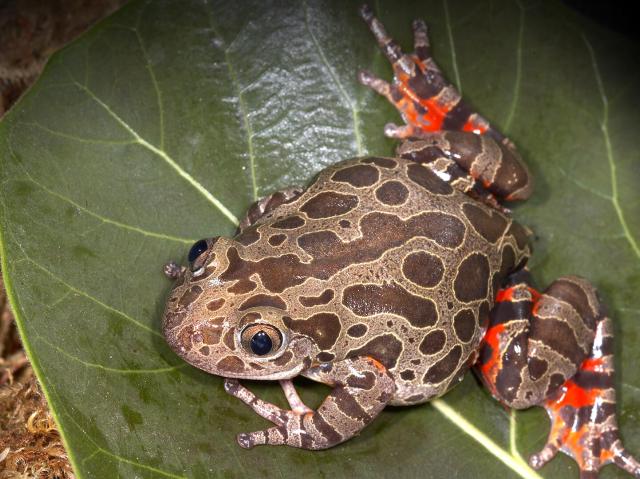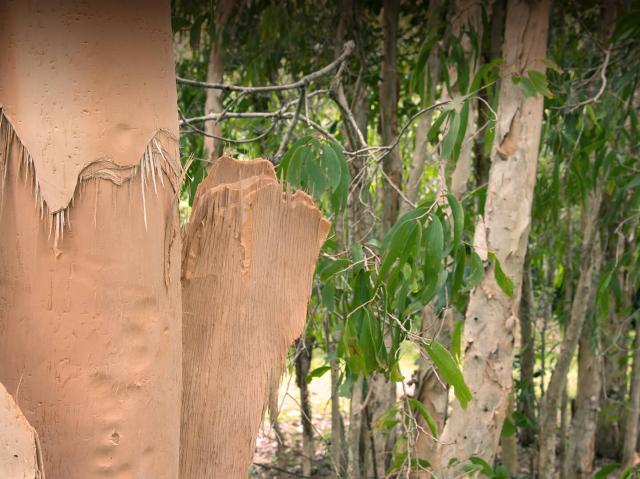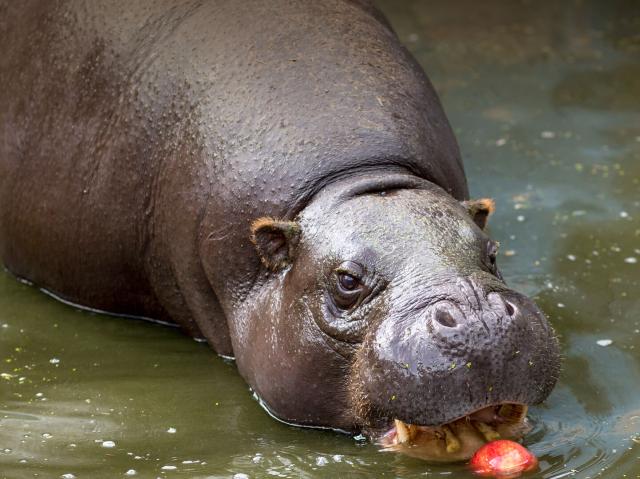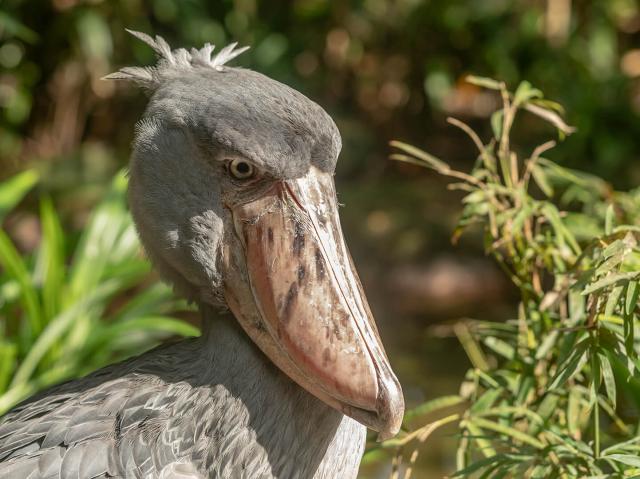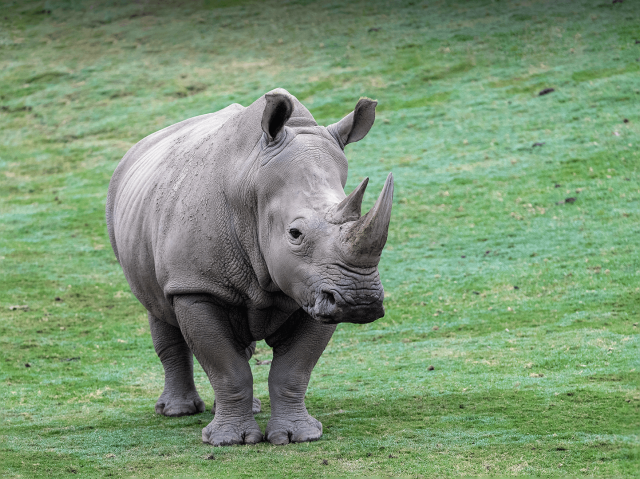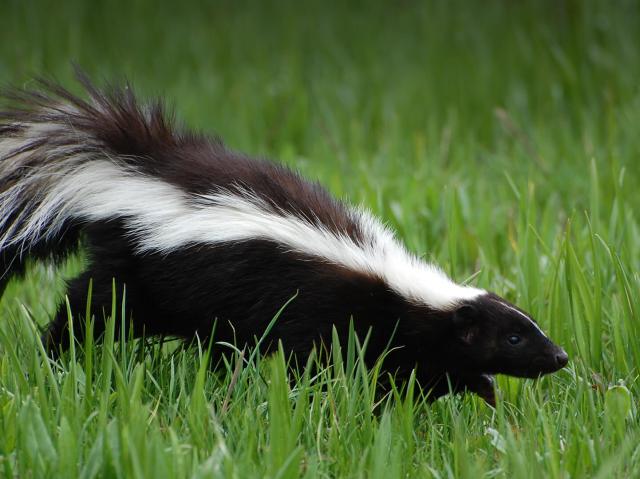
Sugarcane

- DIVISION: Tracheophyta
- CLASS: Liliopsida
- ORDER: Cyperales
- FAMILY: Poaceae
- GENUS: Saccharum
- SPECIES: officinarum

OVERVIEW
Somewhere around 8,000 years ago, people—probably in New Guinea—began cultivating sugarcane so that they could chew on the sweet canes. The crop spread slowly throughout southern Asia. In India, people devised a way to extract a mixture of sticky syrup and crystalized sugar, a popular product that they traded throughout Asia and the Middle East. By the 1200s, the sweet “spice” had made its way to Europe, but it was rare—and expensive!
The Spanish and Portuguese brought sugarcane to the Americas in the late 1400s, and in the favorable climate, it quickly spread. European colonists cultivated it as a valuable crop in Mexico, Puerto Rico, Hispaniola (now Cuba), and many parts of South America, among other places. Processes for refining sugar improved, and it became the world’s most profitable industry. But there was a problem: an insufficient labor force. And here the history of sugar becomes intertwined with the slave trade. A triangular trading system brought European manufactured goods to Africa in exchange for slaves, and then transported the slaves—under horrific conditions—to Caribbean sugar plantations, where they were traded for sugar, rum, and tobacco before the ships returned home.
CHARACTERISTICS
A giant member of the grass family, sugarcane might remind you of bamboo, another strikingly tall grass. Like bamboo, cylindrical sugar canes (the stems, also called culms) are jointed and thick—to 2 inches (5 centimeters) in diameter. A joint is called a node, and that’s where leaves and buds attach. The area between joints is called an internode. But unlike the hollow internodes of bamboo, sugar canes are solidly filled with fibrous, juicy pith—the source of sugar.
A sugarcane leaf is attached to the cane by a sheath, which wraps completely around the cane. The long, narrow blade of the leaf is about 2 inches (5 centimeters) wide and can be up to 5 feet (150 centimeters) long, typically arching away from the cane. Leaves have a thick midrib, rough, sharp edges, and pointed tips.
Sugarcane blooms in late summer or early fall. A feathery flower cluster called a panicle—bearing tiny white or gray flowers on spikelets—sprouts at the top of the canes.
USES
Sucrose (table sugar) is consumed around the world, and about 80 percent of it comes from sugarcane. (The rest comes from sugar beets.) It’s a sweetener and a preservative used in home kitchens and added to many processed foods. Fermented and distilled, the juice yields rum, as well as a spirit called cachaça. The plant has medicinal uses, too. In Ayurvedic medicine, the roots and stems are prepared to treat a variety of ailments. In modern medicine, added sugar makes some medications more palatable. Dark, thick molasses—a byproduct of sugar refining—is used in food, animal feed, and fertilizers. And finally, after the liquid has been extracted, the dry pulp—called bagasse—is used for fuel, cattle feed, or for making paper.
Sugarcane is also one of the main sources of biofuel, in the form of ethanol—a sustainable substitute for petroleum products. Some vehicles are designed specifically to run on fuel made up of 85 to 100 percent ethanol. And gasoline with added ethanol boosts octane rating and reduces emissions. Many cosmetics, pharmaceuticals, and solvents use ethanol, too.
Where does it all come from? Sugarcane is a commercial crop in more than 70 countries, which produce about 160 million tons (145 million metric tons) of it a year. Brazil is the biggest producer of sugarcane. In the US, farmers grow commercial sugarcane crops in Hawaii, Louisiana, Florida, and California.
CULTIVATION
If you live in an area with a tropical or subtropical climate, sugarcane can be an attractive perennial in your home garden, reaching about 12 feet (almost 4 meters). In a cool climate, it’s an annual that dies back in winter after reaching 5 to 8 feet (150 to 250 centimeters). Various sugarcane cultivars offer colorful stems and leaves, and they all require lots of water, regular feeding, and moist but well-draining soil. They grow best in full sun. But beware of where you plant sugarcane; under the right conditions, it can spread and take over!
TALL GRASS
Sugarcane grows best in tropical and semitropical areas, where it can reach nearly 20 feet (6 meters).
GROW YOUR OWN
You can propagate sugarcane with a cutting. The cutting should be an entire section of a cane that includes at least two nodes. Plant it horizontally, and it will soon sprout fine roots. Eventually, thick, fleshy roots will anchor the plant in place, and you’ll see new canes.
CONSERVATION
While sugarcane isn’t threatened itself, it is a conservation concern. Sugar plantations have replaced millions of acres of natural habitats, in many areas around the world.
BETTER TOGETHER
Tea consumption in England greatly increased in the 1600s and 1700s—when sugar became available.
NAME
In India 2,000 years ago, processed sugar was known as sharkara, a Sanskrit word adapted from the word for "grit” or “gravel.” Persian traders called it shaker, and Arabic traders called it sukkar.
WHITE GOLD
In colonial times, sugar was so precious and expensive that it was sometimes called “white gold.”
HAWAIIAN SUGARCANE
Polynesians brought sugarcane to Hawaii in the first century AD.


